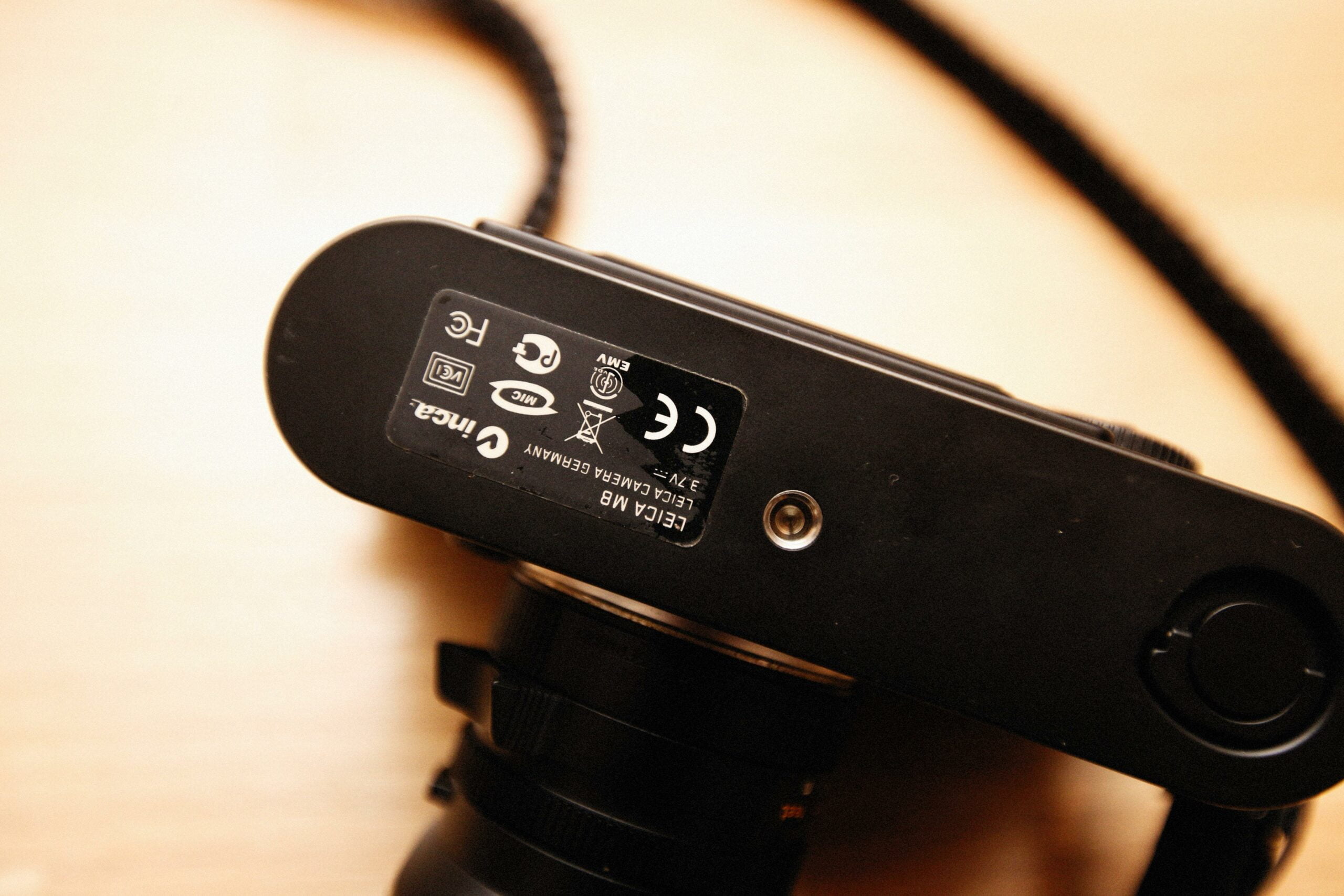Are you ready to dive into the fascinating world of microscopes? Whether you’re a biology enthusiast, a curious student, or a seasoned scientist, this article is your comprehensive guide to exploring the various types and applications of these indispensable scientific tools. Join us as we unravel the mysteries hidden within cells, organisms, and beyond, all captured and revealed by the power of microscopy. From phase contrast to fluorescence and electron microscopy, we’ll take you on a captivating journey through the lens of discovery. Get ready to witness the unseen and unveil the secrets of the microscopic universe.

Types and Applications of Microscopes
Microscopes have revolutionized our understanding of the microscopic world, allowing us to uncover hidden details and explore the intricate structures of cells, tissues, and materials. In this article, we will delve into the fascinating world of microscopes, discussing the different types available and their wide-ranging applications.
Optical Microscopes: Shedding Light on the Invisible
Optical microscopes, also known as light microscopes, utilize visible light to pass through a sample and produce images. These microscopes are the most commonly used and are essential tools in biological research. They enable scientists to observe individual cells, study tissue structures, and gain insights into the complexity of microorganisms.
But what makes optical microscopes so versatile? Well, they offer various imaging techniques, such as phase contrast and fluorescence microscopy, which enhance contrast and allow the detection of specific molecules within a sample. With optical microscopes, scientists can explore the intricate world of cells, discovering the secrets hidden within.
“Optical microscopes illuminate the microscopic realm, unraveling the mysteries of life.”
Electron Microscopes: Unveiling the Atomic World
When it comes to delving deeper into the microscopic world, electron microscopes are the ultimate tool. These microscopes employ a beam of accelerated electrons to illuminate the sample, leading to an incredibly high-resolution image. With electron microscopes, scientists can investigate the ultrastructure of cells, viruses, and even individual molecules.
Electron microscopes come in two main forms: scanning electron microscopes (SEMs) and transmission electron microscopes (TEMs). SEMs provide a detailed 3D image of the sample’s surface, while TEMs offer a glimpse into the internal structures with astonishing clarity.
“Electron microscopes unveil the hidden landscapes of the microscopic universe.”
Scanning Probe Microscopes: Manipulating the Nanoscale
If we venture into the realm of nanotechnology, scanning probe microscopes (SPMs) take the spotlight. These microscopes employ a physical probe, typically a sharp tip, to scan the surface of a sample. By measuring the interaction between the probe and the sample, SPMs generate detailed images and even allow scientists to manipulate atoms and molecules.
With their exceptional resolution, SPMs are crucial in studying nanoscale materials and devices. Scientists can explore the properties, arrangement, and behavior of individual atoms and molecules, paving the way for advancements in fields like materials science and nanotechnology.
“Scanning probe microscopes put the power to manipulate the nanoworld in our hands.”
Scanning Acoustic Microscopes: Illuminating the Invisible with Sound
While light and electrons dominate the microscopy world, sound waves also play a vital role in imaging. Scanning acoustic microscopes (SAMs) harness ultrasound to penetrate a sample and reflect its internal structure. These microscopes excel in non-destructive testing, detecting defects, cracks, or flaws in various materials and biological samples.
With SAMs, scientists can visualize hidden structures that may not be accessible through other techniques. Whether it’s evaluating the quality of materials or diagnosing medical conditions, scanning acoustic microscopes provide a valuable tool for thorough analysis.
“Scanning acoustic microscopes bring the power of sound to unravel hidden secrets.”
X-ray Microscopes: Exploring the Invisible Depths
When it comes to imaging dense materials, X-ray microscopes take the stage. These microscopes utilize X-rays to penetrate a sample, revealing its internal structure. Researchers commonly employ X-ray microscopes to study the intricate details of cells, tissues, organs, and various materials.
With their ability to penetrate dense materials, X-ray microscopes offer unique insights into hidden structures. By visualizing the internal arrangement of objects, scientists can gain a deeper understanding of their properties and behaviors.
“X-ray microscopes illuminate the depths of the unseen.”
In conclusion, microscopes have become indispensable tools in scientific research, enabling us to delve into the complexities of the microscopic world. Optical microscopes offer versatility and accessibility, while electron microscopes provide unprecedented resolution. Scanning probe microscopes empower us to manipulate the nanoworld, while scanning acoustic microscopes offer non-destructive testing capabilities. X-ray microscopes, on the other hand, excel in imaging dense materials. Together, these diverse types of microscopes expand the frontiers of scientific discovery, unraveling the mysteries of biology and the physical world.
“Types of microscopes each have their own unique capabilities, illuminating the invisible and expanding our understanding of the microscopic world.”
Microscopes have revolutionized our understanding of the world around us. They allow us to see things that are invisible to the naked eye, revealing a hidden universe of minuscule wonders. If you’re curious to learn more about these incredible instruments, here are 3 facts about the microscope that will blow your mind.
Firstly, did you know that the first microscopes were invented in the late 16th century? That’s right, these powerful tools have been around for centuries, aiding scientists in their quest for knowledge. From Antonie van Leeuwenhoek’s simple yet groundbreaking microscope to the advanced electron microscopes of today, these devices have come a long way in expanding our understanding of the microscopic world.
Secondly, microscopes have been instrumental in numerous scientific discoveries throughout history. They have allowed us to delve deep into the intricate structures of living organisms, unlocking the secrets of cells, bacteria, and even viruses. With microscopes, scientists have been able to identify and study new species, investigate disease-causing pathogens, and uncover the inner workings of cells, leading to groundbreaking advancements in medicine and biology.
Last but not least, the invention of the microscope has paved the way for countless scientific disciplines, such as microbiology, histology, and cytology. Microscopic analysis has become an integral part of many scientific research methods, enabling scientists to observe and analyze samples at a cellular level. This has led to incredible discoveries and advancements in fields ranging from genetics to materials science.
If you want to dive deeper into the fascinating world of microscopes, check out these 3 facts about the microscope. Prepare to be amazed by the marvels that these powerful instruments can unveil!
FAQ
Q: What are optical microscopes used for?
A: Optical microscopes are commonly used for observing cells, tissues, and microorganisms.
Q: What is the primary use of electron microscopes?
A: Electron microscopes are primarily used for studying the ultrastructure of cells, viruses, and molecules.
Q: What are scanning probe microscopes used for?
A: Scanning probe microscopes are primarily used for imaging and manipulating atoms, molecules, and nanomaterials.
Q: What is the purpose of scanning acoustic microscopes?
A: Scanning acoustic microscopes are often used for detecting defects, cracks, or flaws in materials, devices, or biological samples.
Q: What are X-ray microscopes commonly used for?
A: X-ray microscopes are commonly used for studying the internal structure of cells, tissues, organs, or materials.
















